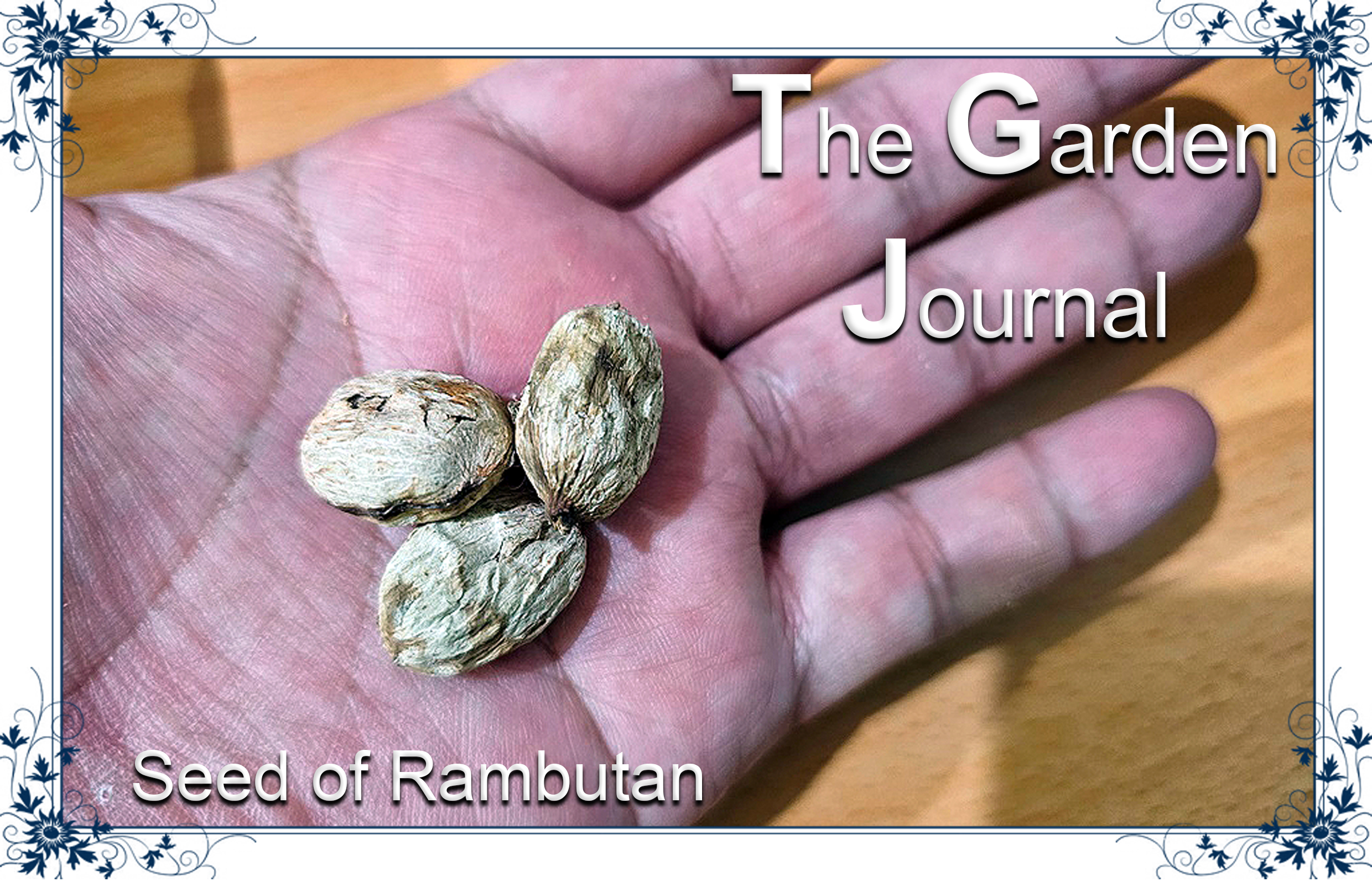Cultivating Rambutan: A Guide to Successful Seed Germination and Sprouting
I have something I'd like to attempt growing: a Rambutan seed. I've held onto this seed for a while, ensuring that it remains viable and not dried out.
To increase the likelihood of sprouting, I've prepared three Rambutan seeds. In this germination experiment, I used four layers of tissue.

Sprouting Rambutan seeds using tissue paper is a simple and commonly used method for germinating Rambutan seeds. This method is easy to follow and doesn't require specialized equipment, making it suitable for home gardeners and enthusiasts. Here's how you can sprout Rambutan seeds using tissue paper:
Materials Needed:
- Rambutan seeds
- Tissue paper or paper towels
- Sealable plastic bags or containers
- Water

Steps:
1. Seed Selection: Choose healthy Rambutan seeds for germination. It's recommended to use fresh seeds from ripe fruits.
2. Preparation of Tissue Paper: Cut or fold a piece of tissue paper or paper towel into a square or rectangle that's large enough to accommodate the seeds. Make sure the paper is damp but not soaking wet.
3. Placing Seeds: Place the Rambutan seeds on the damp tissue paper, spacing them apart to allow room for growth.
4. Folding and Sealing: Fold the tissue paper over the seeds, covering them gently. Place the folded tissue paper with the seeds inside a sealable plastic bag or container. Seal the bag or container to create a humid environment.
5. Germination: Place the sealed bag or container in a warm and bright location, but not under direct sunlight. A temperature range of 75-85°F (24-29°C) is generally suitable for germination. Check the seeds regularly to ensure that the tissue paper remains damp. If the paper dries out, add a small amount of water to maintain moisture.

6. Monitoring: Over the next few weeks, you should see the Rambutan seeds germinating. Once the seeds have sprouted and small roots and shoots are visible, they are ready for planting.
7. Transplanting: Carefully transfer the germinated seeds to individual pots filled with a well-draining potting mix. Plant each seed with the root facing downwards and cover it with soil. Water the newly planted seeds gently.
8. Care: Place the pots in a location with bright, indirect sunlight. Keep the soil consistently moist but not waterlogged. As the seedlings grow, you can gradually expose them to more sunlight.
9. Transplanting to the Garden: Once the seedlings have grown larger and developed a strong root system, they can be transplanted into the garden if you live in a suitable climate. Rambutan trees thrive in tropical and subtropical regions with warm temperatures and high humidity.

Remember that not all Rambutan seeds will necessarily sprout, and the germination rate can vary. This method is generally more suitable for small-scale propagation. For larger-scale production or to ensure specific characteristics in the plants, you might consider other propagation methods like grafting or tissue culture.
0
0
0.000
Your tutorial is powerful. But I have a question.
Assuming am not able to see fresh Rambutan seed from ripe fruit, if it's dried one, how can I detect if it's ok or healthy?
No worries, dried or preserved seeds are fine. To know if any seed is alive, you need to soak it in a glass of water for 5 to 10 minutes. When it sinks, it is a good seed and what floats is not a good type of seed or it is not guaranteed to survive. ^_^ I hope this can help you a lot.
I'm curious about your rambutan plant guide. good luck growing and successful
I will have an update after 2 weeks. ^_^